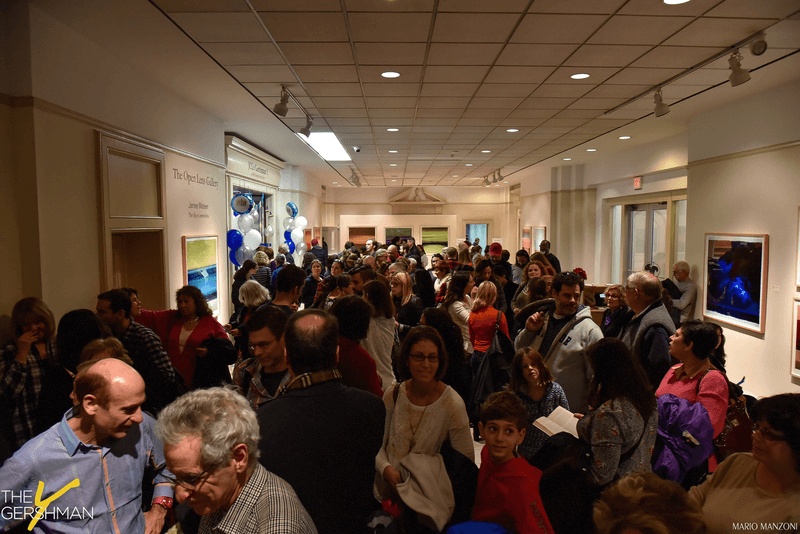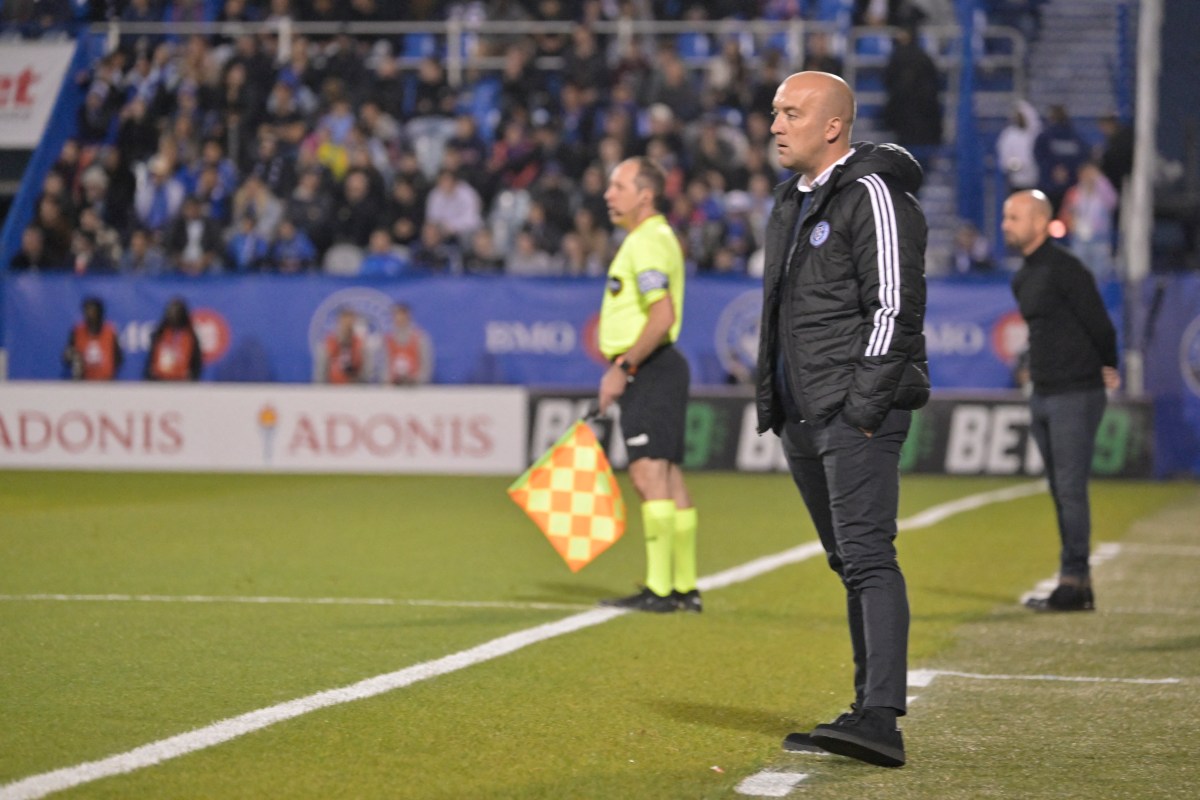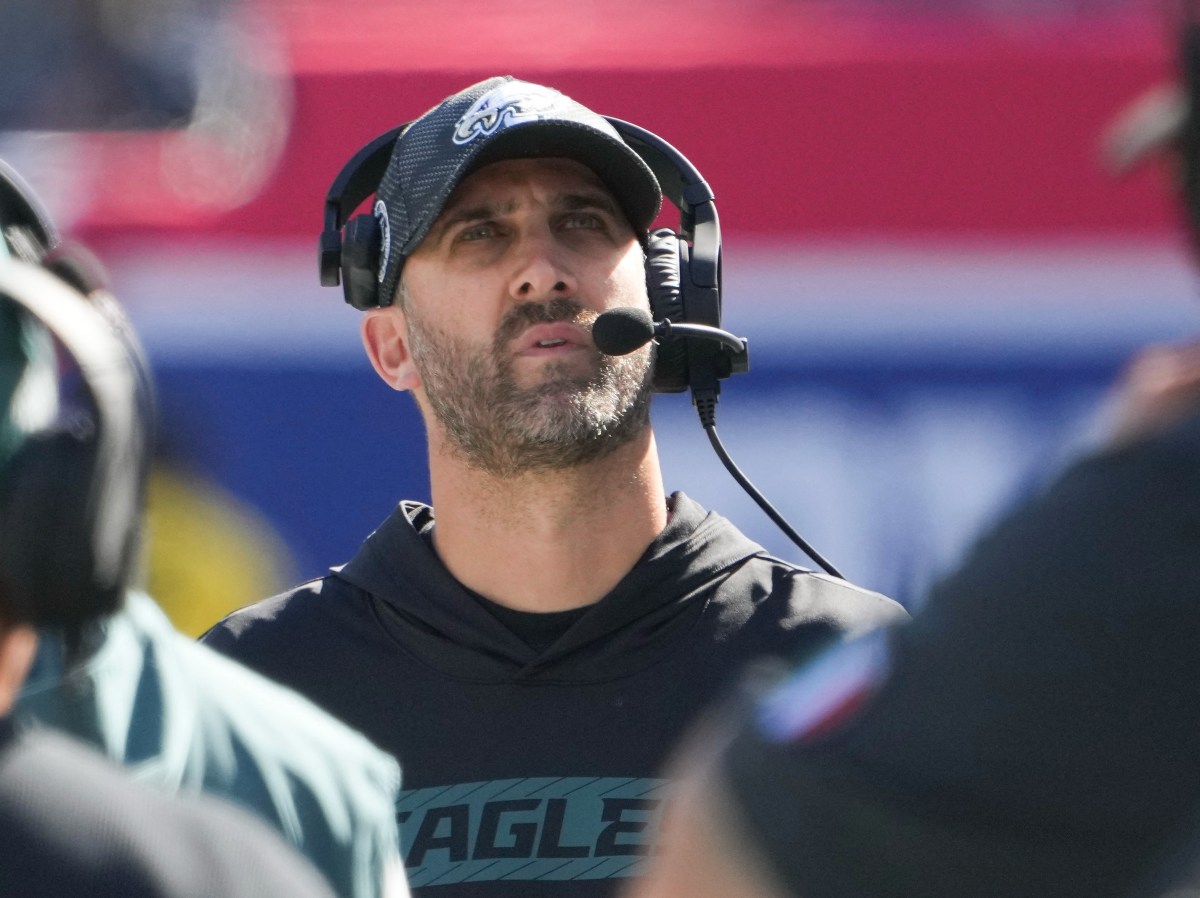It’s right around Minute 18 of a 20-minute rowing session — in workout terms, it’s that final all-out heart rate-elevating push to the end.
Rowers Dani Hansen and Adam Randall are the instructors for this workout — a workout that isn’t actually being held in any gym studio, but instead being filmed along the heavily congested Hudson River, and during morning rush hour of all times. The instructional is part of a digital on-demand workout series being developed by row machine startup Hydrow, which is billing itself as the “Peloton of rowing.”
With at times gale-force wind conditions that would suck the wind out of most fit gymgoers attempting the same workout, these two world-class aquatic athletes are simultaneously instructing stroke form and tempo with the vocal demeanor of excited Beantown tourists while fighting the Hudson’s crashing waves to keep their offshore racing double (a rowing insider’s term for rowing vessel) upright.
“It’s getting a little choppy out here,” Dani Hansen, a U.S. Paralympic silver medalist and Boston resident, can be heard telling the camera crew tailing her from another boat. “But this is so awesome. I wish my mom could see this.”
The breathtaking backdrop of the city skyline at sunrise — from One World Trade to the Statue of Liberty — neutralizes any of the Hudson’s inherent dangers for the duo.
Using part-cameras, part-courage, and a whole ton of muscle, Hydrow’s workout is an attempt to make a more visually appealing addition to the popular and competitive at-home digital workout market. The high winds provided an example as to the physical challenges rowing requires.
“If regular civilians were out there it could have been catastrophic,” says Bruce Smith, a former U.S. rowing team coach and creator of the Hydrow. “Most people would get washed out of the boat because they’d get buried in a wave. The fact that Dani and Adam could keep the boat moving and in the right direction while providing instructions just shows what tremendous athletes they are.”

Hydrow is elevating the row machine to cycling and treadmill status
For an exercise machine that hasn’t even begun production, public response for the Boston-based startup has been overwhelmingly positive, Smith says. Hydrow surpassed its fundraising goal of $100,000 in just four minutes on Indiegogo, and is now approaching the half-million-dollar mark.
The boomerang-shaped fitness device’s success comes primarily on its potential to be the first row machine to offer live-streaming and on-demand workout programming when it begins shipping in 2019 (that, and early price tag of $1,299). The Hydrow will also offer a real-time leaderboard for rowers to compete against other row athletes around the world, a first of its kind.
And Hydrow claims to offer a much quieter row, so you’ll be able to hear the waves of the Hudson without getting splashed.
Instead, you may drown at home in your own sweat — rowing is the ultimate total-body workout, using close to 85 percent of the body’s muscles to burn up to 300 calories per 30-minute workout, more than cycling and running.
RELATED: Don’t know how to row? It’s as easy as 1, 2, 3
“One of the great things about rowing is that you can do hard or light strokes at any stroke rate,” says Randall, a member of the U.S. national rowing team. “It’s about how hard you’re gonna pull. If you’re rowing fast and pulling hard, that’s a hard workout. But you can pull slower and still get in a strong workout.”
However, not everyone could (or should) drop their oars in the Hudson — or even Boston’s Charles River, which was the location for the five-person crew’s (including videographer William Huber and producer Chris Sammartano) first on-water video workout shoot. Everyone agreed the calmer waters of the Charles were less of a challenge than the wind-engulfed Hudson.
“Going toward the Statue of Liberty, our rhythm was pretty good,” Hansen says. “On the way back, we did have to adjust our stroke rate, because the current was against us. We had anticipated it, but we originally wanted to go a little higher.”
At the end of the row, Hansen compared this sightseeing workout with winning a silver at the 2016 Paralympic Games in Rio.
“This may have been the coolest thing I have ever done,” she says.




















